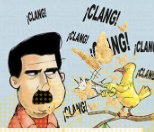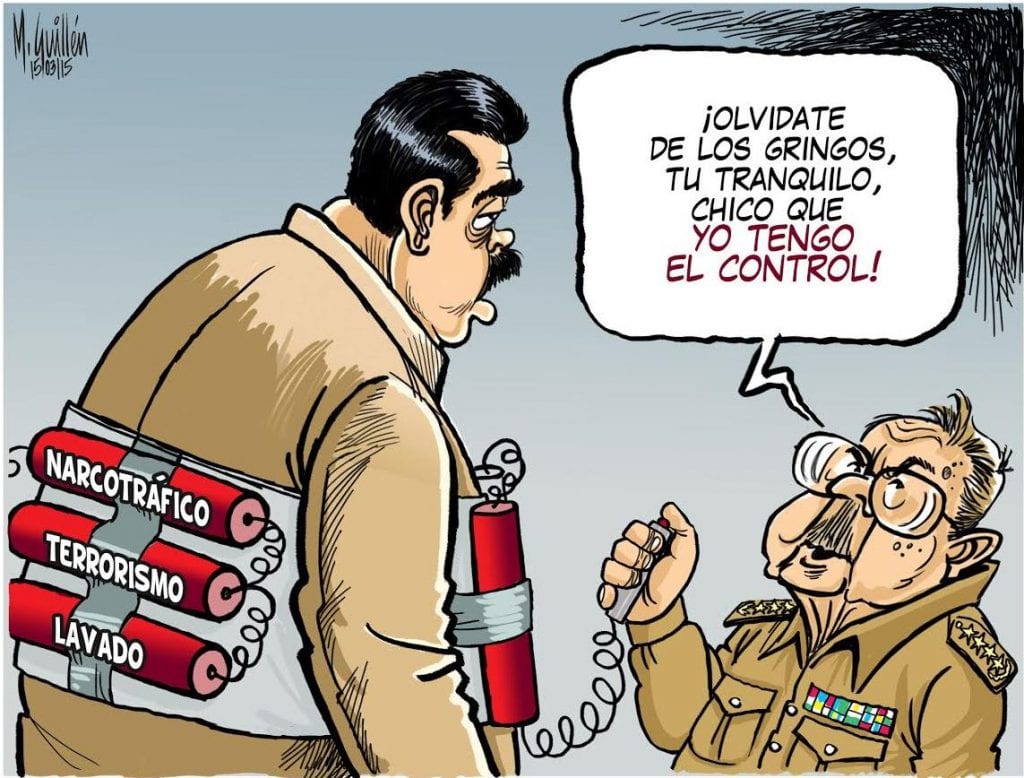
Retrieved
Domestic extremist movements have evolved and adapted their strategies, infrastructure, and messaging in the year since the insurrection at the US Capitol Building on January 6, 2021. Such movements were initially jubilant at the sight of extremist groups and former President Donald Trump’s most ardent supporters crashing through windows and brawling with police, temporarily halting the US Congress as it certified the 2020 election results. But, resulting arrests and scrutiny soured that cheer into a wicked brew of paranoia and fear that played out among these movements, both online and offline.
After a short period of relative inactivity, some radical movements began to resurface publicly. By the summer of 2021, other movements reorganized, making strategic adjustments along the way.
This report by the Digital Forensic Research Lab (DFRLab) provides an overview and analysis of the shifts observed in domestic extremist movements since the 2021 Capitol attack. As noted in the National Strategy for Countering Domestic Terrorism, domestic extremist threats include groups and individuals “whose racial, ethnic, or religious hatred leads them toward violence” and those who incite “imminent violence in opposition to legislative, regulatory, or other actions taken by the government,” including self-proclaimed militias, “sovereign citizen” movements, and others promoting fringe ideological grievances. By Jared Holt, Full Text -> AtlanticCouncil
Traducción de cortesía ->
Los movimientos extremistas domésticos han evolucionado y adaptado sus estrategias, infraestructura y mensajes en el año transcurrido desde la insurrección en el edificio del Capitolio de los EE. UU. el 6 de enero de 2021. Dichos movimientos inicialmente estaban jubilosos ante la vista de los grupos extremistas y los partidarios más fervientes del expresidente Donald Trump. rompiendo ventanas y peleando con la policía, deteniendo temporalmente al Congreso de los EE. UU. mientras certificaba los resultados de las elecciones de 2020. Pero, los arrestos y el escrutinio resultantes agriaron esa alegría en una perversa mezcla de paranoia y miedo que se desarrolló entre estos movimientos, tanto en línea como fuera de línea.
Después de un breve período de relativa inactividad, algunos movimientos radicales comenzaron a resurgir públicamente. Para el verano de 2021, otros movimientos se reorganizaron, haciendo ajustes estratégicos en el camino.
Este informe del Laboratorio de Investigación Forense Digital (DFRLab) proporciona una descripción general y un análisis de los cambios observados en los movimientos extremistas nacionales desde el ataque al Capitolio de 2021. Como se indica en la Estrategia Nacional para la Lucha contra el Terrorismo Doméstico, las amenazas de los extremistas domésticos incluyen a grupos e individuos “cuyo odio racial, étnico o religioso los lleva a la violencia” y aquellos que incitan a “la violencia inminente en oposición a las medidas legislativas, reglamentarias o de otro tipo que se tomen por el gobierno ”, incluidas las milicias autoproclamadas, los movimientos de“ ciudadanos soberanos ”y otros que promueven agravios ideológicos marginales. For a comple translation go to-> Google Translación





More Stories
Venezuela, elecciones entre pajaritos y mariposas
Maduro seeks to bolster military support ahead of next election
¿Qué hará Cuba el 28 de julio?